Space agriculture (or as you may know it, space-based AgTech, astroagriculture, exo-agriculture, off-earth farming or extraterrestrial food systems) refers to agricultural technologies and systems developed or tested in space.
While the scope of space agriculture is broad and growing, the technologies these terms cover most commonly include:
- Controlled environment agriculture (CEA) in orbit
- Hydroponics and aeroponics aboard spacecraft
- Crop genetics research under cosmic radiation
- Closed-loop food production systems for long-duration missions
Admittedly, growing plants in space is not a new concept.
Astronauts have been working out how to grow crops capable of sustaining them on the International Space Station (ISS) since it was launched in 1998. Today almost half of the experiments carried out on the ISS involve biotechnology and of these, the majority are focused on furthering plant science and, more specifically, finding out how to grow plants in space.
As climate change, population growth, and resource scarcity place ever greater strain on global food systems, what we are learning from space agriculture could, according to a recent article in AgTechNavigator, prove to be vital to the future of agriculture.
Why is space agriculture becoming so important to helping us tackle the food crisis?
In terms of testing new ideas, space offers a unique environment in which to test agricultural technologies under much more extreme conditions than you’d find on Earth. These extreme conditions are perfect for pushing experiments to the extreme. This means that if the experiment is successful, the resulting technologies are much more likely to work in Earth’s atmosphere, even in the areas worst hit by flooding, heat or drought or burdened with poor soil.
Notable breakthroughs achieved in space’s extreme conditions include:
- Hydroponics and aeroponics
NASA has long experimented with soil-less farming techniques aboard the ISS. These methods are now being used in urban vertical farms to grow food with minimal water and space.
- Controlled environment agriculture (CEA)
Space missions require precise control over temperature, humidity and light. These systems are now being adapted for Earth-based greenhouses to improve yields and reduce the volume of natural resources being used.
- Crop genetics and resilience
Space radiation can accelerate genetic mutations in plants. This can help scientists identify traits that improve drought resistance, nutrient density and speed up growth.
Looking ahead, it is looking increasingly likely that space itself could become a source of food production through the development deployment of technologies that, quite frankly, could quite easily have been the subject of science fiction.
Research is underway to build greenhouses on the Moon and Mars using local resources like regolith (moon soil) and recycled water. It is felt that these could eventually support long-term space missions and even contribute to Earth’s food supply. Scientists are also taking a keen interest in asteroids. Some feel asteroids could be mined for minerals to create nutrient-rich fertilizers that could help us reduce the environmental impact of traditional mining on Earth.
And of course from a purely foodtech perspective, many companies are continuing to explore lab-grown meat and algae cultivation in space to find new sustainable protein sources for both astronauts and Earth populations.
How are these new space farming discoveries being used to benefit earth?
These technologies are already making their mark on the ongoing development of agricultural practices on Earth.
Desert farming is one of the primary beneficiaries. Some of the techniques coming from space are being used to grow crops in world’s most arid regions. For example, smart greenhouses and solar-powered irrigation systems are helping turn deserts into productive farmland.
Similarly, some self-sustaining farming modules are lessening the impact of natural disasters, particularly in remote areas while satellites initially launched for space exploration are now being used to monitor crop health, soil moisture and weather patterns to give farmers more data to use to improve future yields and land use.
What role will intellectual property need to play if space-agriculture innovation is going to suceed?
As space exploration and agricultural technologies continue to converge, IP will play a pivotal role in protecting and commercialising the breakthroughs that emerge. As this happens, issues like, for example, enforceability of IP rights in space will naturally occur.
From proprietary hydroponic systems designed for zero gravity to genetically engineered crops resilient to cosmic radiation, innovators will of course need to create robust IP strategies to safeguard their inventions and enforce their rights not to mention attract further investment.
But the boom in spacetech is not limited to agricultural-focussed inventions. The new space economy goes far beyond rockets and satellites, offering downstream opportunities that can transform a whole range of industries on Earth, including telecoms, life sciences, transport and infrastructure and climatetech and we’re very much looking to finding out more about the huge variety of ideas and applications under the spacetech umbrella at the upcoming Tech BBQ in Copenhagen.
However, regardless of the technology, the need to formulate a robust IP strategy that meets the very specific legal nuances associated with space-based innovations.
There are complex, multijurisdictional patent landscapes to navigate, especially as space becomes a shared domain. National laws only apply aboard registered spacecraft, and not all countries extend patent protection to space-based inventions. The U.S., for example, does, but others may not, which can limit enforcement options.
And of course, there is the question of patent infringement to consider.
Patent infringement in space raises many of the same jurisdictional questions as those surrounding patent rights in the maritime world given the existence of international waters.
On Earth, patent rights are territorial. They only apply within the jurisdiction of the country that granted the patent. For example, if an invention is used solely in international waters- i.e. beyond the jurisdiction of any national patent system – then it generally does not infringe any country’s patents. Space is similar in that it is considered a ‘global commons’ under the Outer Space Treaty of 1967 which prevents any nation from claiming sovereignty over celestial bodies.
Somewhat similar to seafaring vessels where the flag of the vessel dictates the law on board, space law imposes that objects launched into space remain under the jurisdiction and control of the country of registry. This means that a U.S. patented invention used on a spacecraft registered in the U.S. could potentially constitute infringement, whereas using that same invention on a spacecraft registered to another country might not. Therefore, while experience of maritime patents will serve as a useful analogy for the ‘borderless’ nature of space, there is a key difference in that patent rights in space follow the flag of the spacecraft, rather than being wholly ungoverned.
Where protecting innovation in space and on sea could well differ is the appetite for filing patents the countries involved have. In the maritime world many vessels still sail under a ‘flag of convenience’, i.e. a nation state that is less likely to adhere to legal formalities like patenting. However, the profile of the countries going into space would suggest they will be filing patents which will make active infringement and enforcement efforts a much more significant consideration.
Structuring licensing agreements for new technologies is also tricky to negotiate if the plan is to use the technology both terrestrially and extraterrestrially. With these agreements it is vital all parties’ rights to the technology are carefully spelt out.
Absolute clarity is always crucial to preventing disputes and safeguarding sensitive innovations but as space technology will most certainly involve extremely high-value intellectual property, dual-use capabilities and international regulatory considerations all parties must understand who can use, modify or share the technology, under what conditions and with what limitations. It will also limit access to the technology and in many cases, with national sensitivities involved, access is so often where the majority of risk lies.
The speed ideas are emerging has increased the need to commit to more detailed freedom to operate searches to minimise the infringement claims arising further down the lie or force inventors to rethink their strategy or reposition their claims.
As this is also an area that relies heavily on collaboration between, among others, space agencies, agritech companies and universities it is essential watertight collaboration agreements are put in place along with clear, enforceable ownership rights for any IP created.
This really is a very cursory look at some of the IP issues that could arise during the development of a space agriculture invention and every case must be deliberated on its specific circumstances. Our specialist foodtech team is here to help you find the best way to identify, protect, commercialise and enforce any foodtech invention.


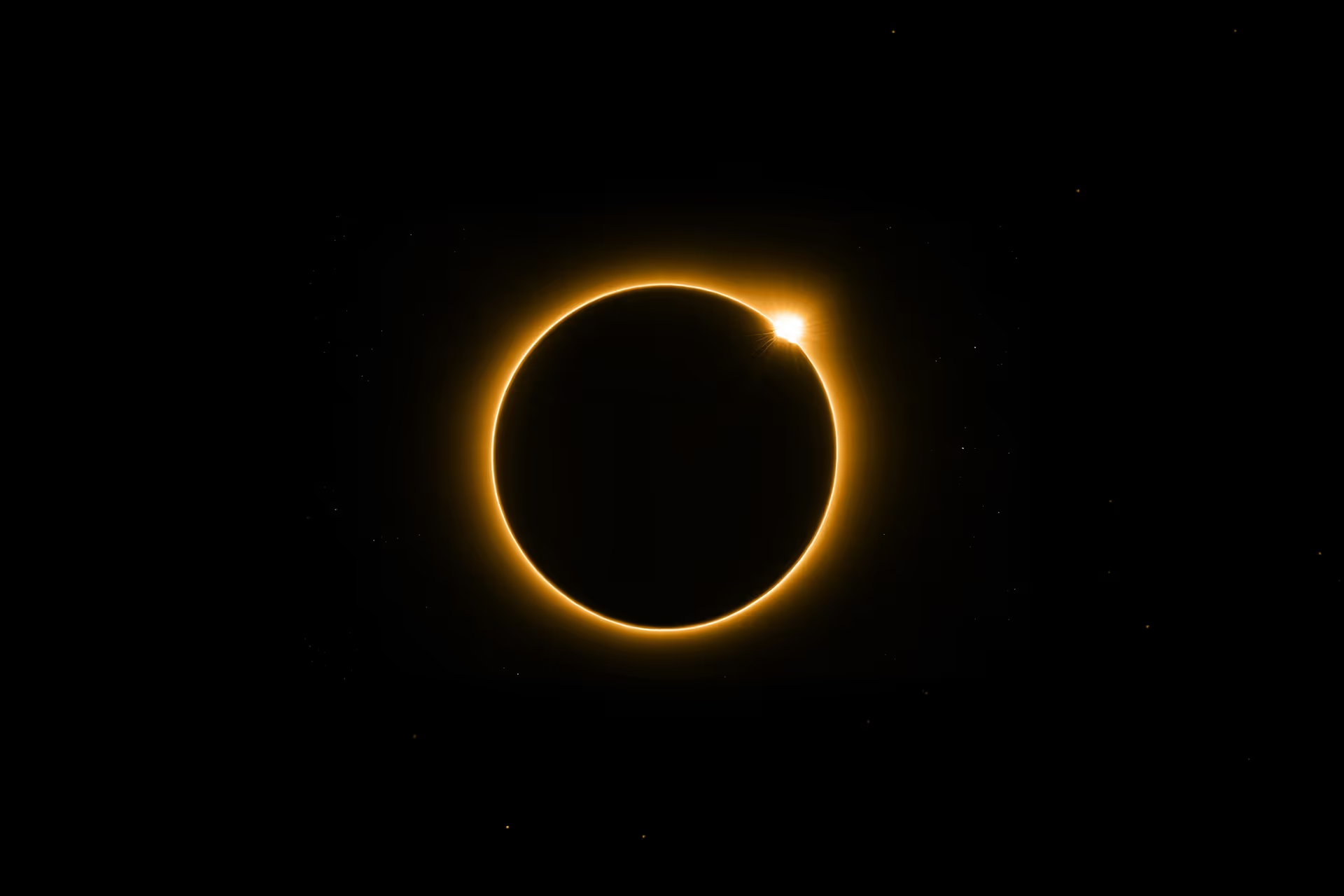






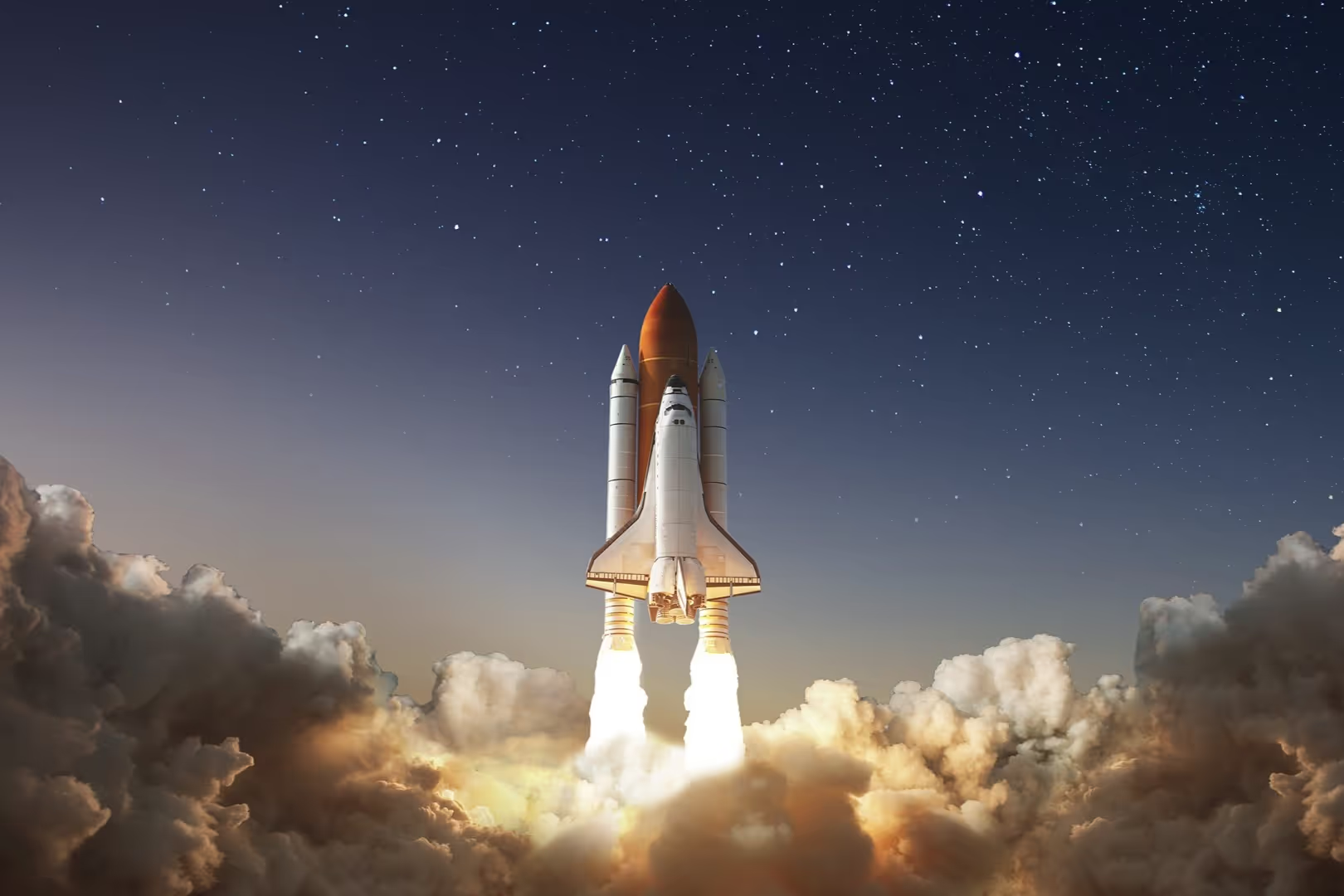
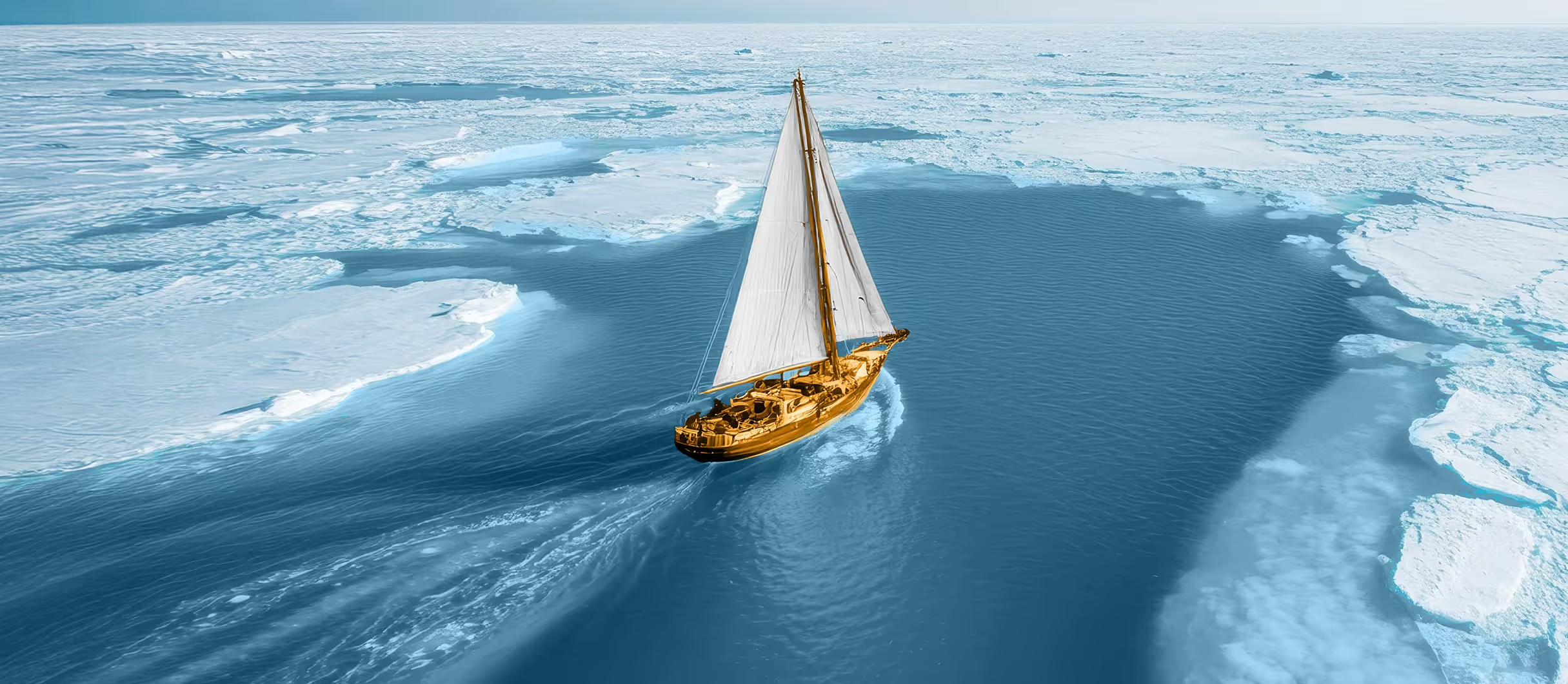





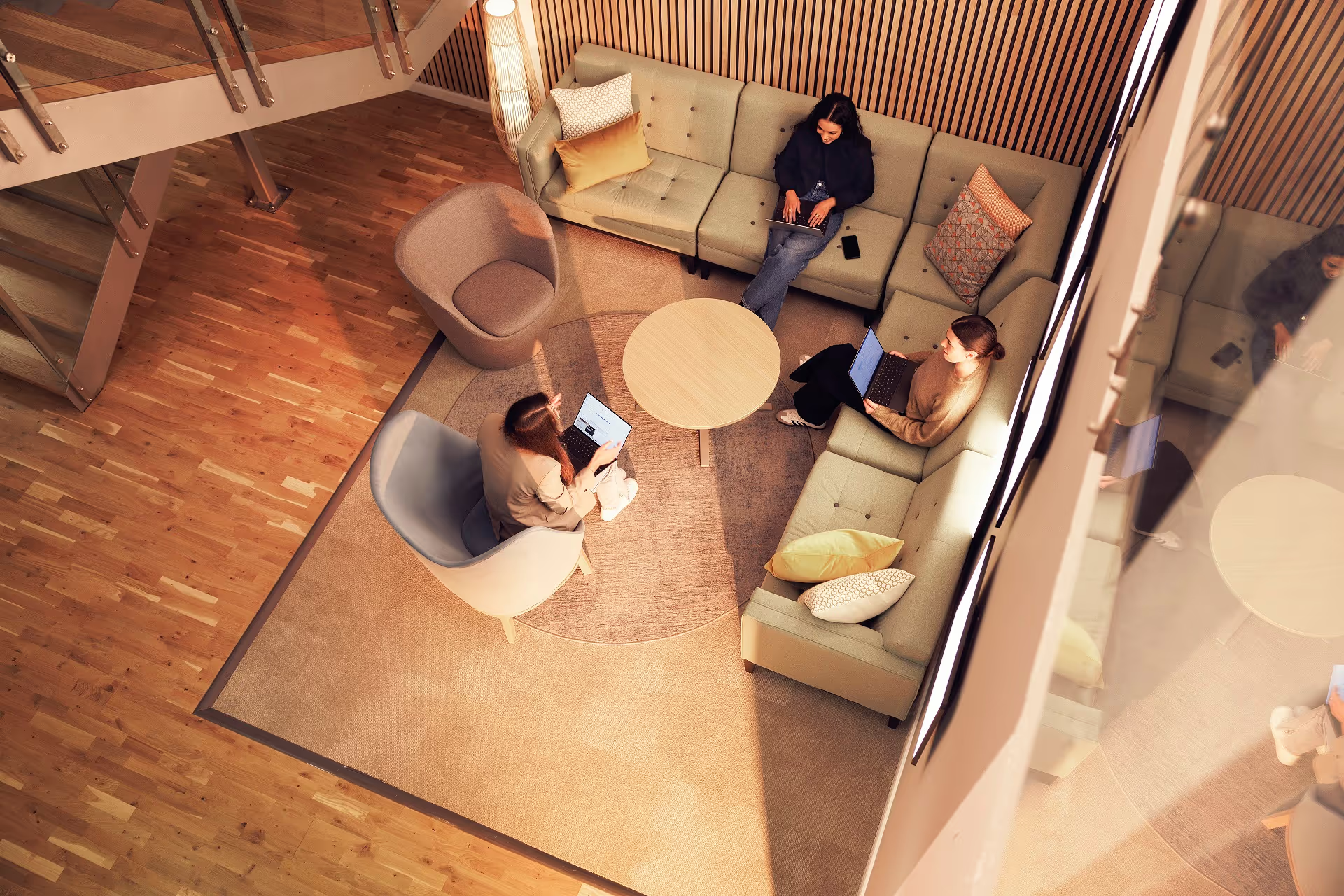



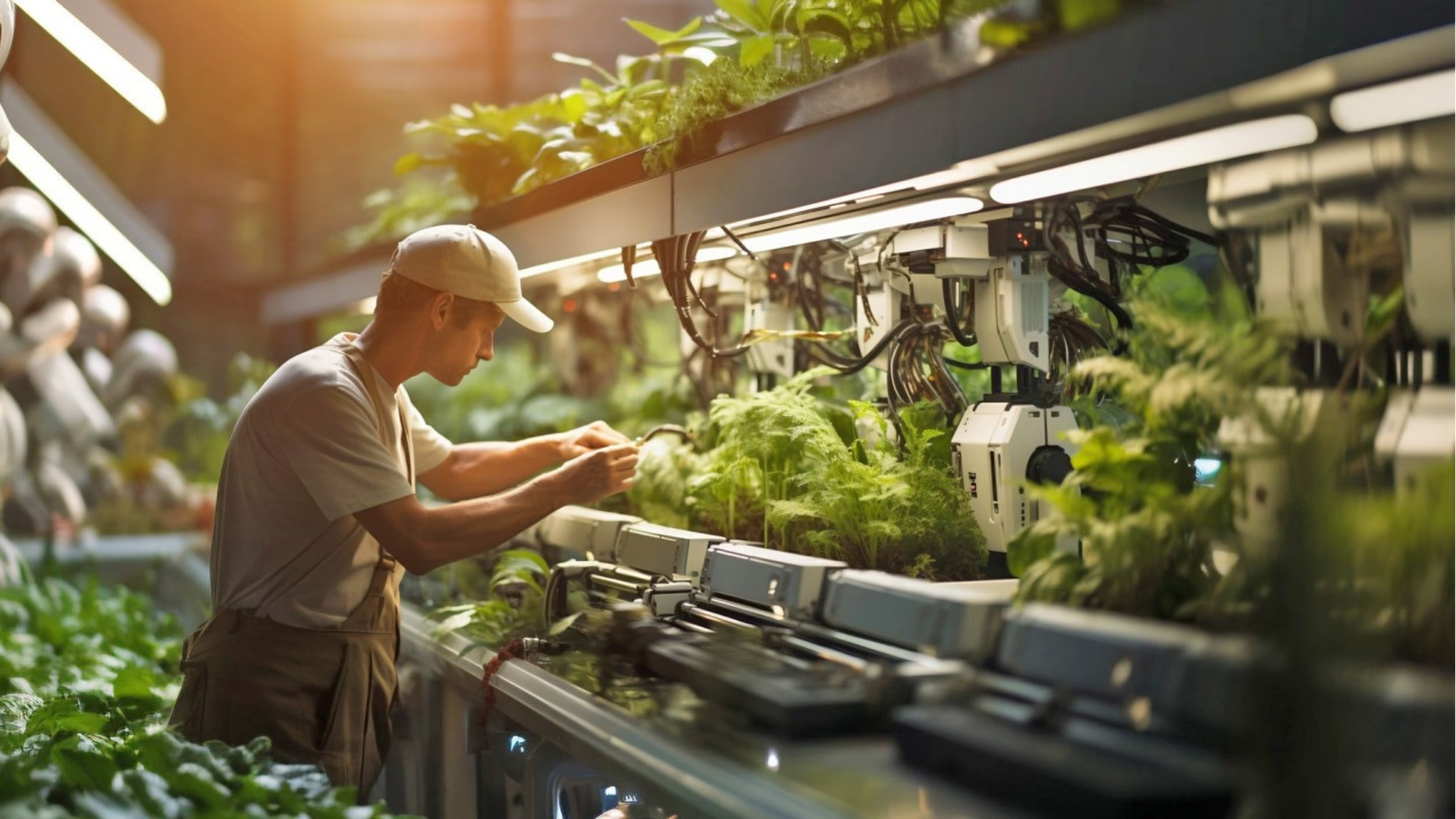


%203.jpg)

%20provider.jpg)
.jpg)
%20(1).jpg)


